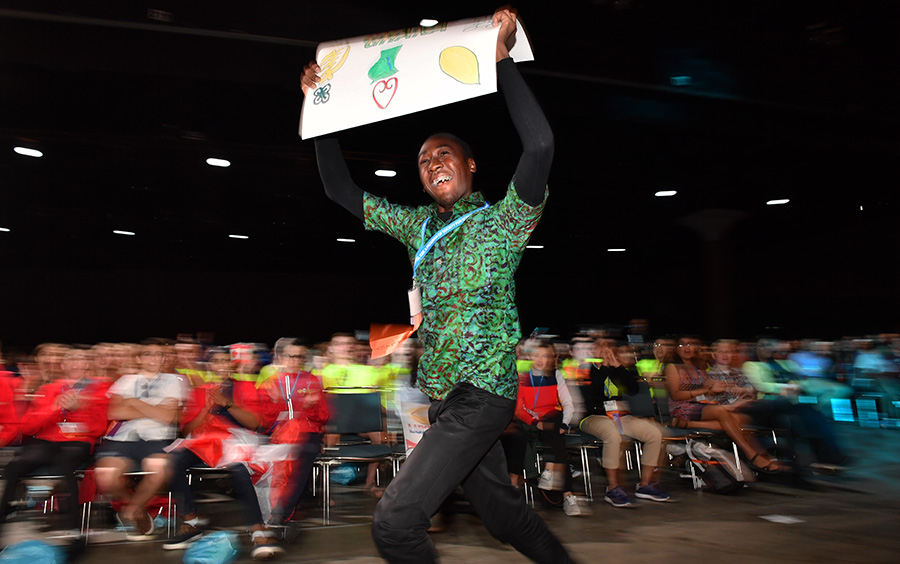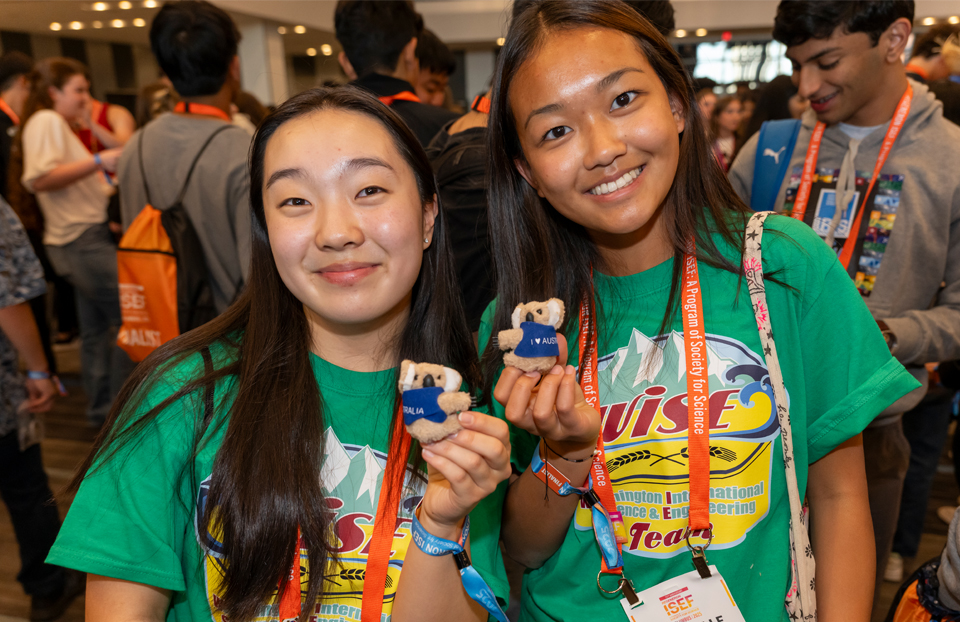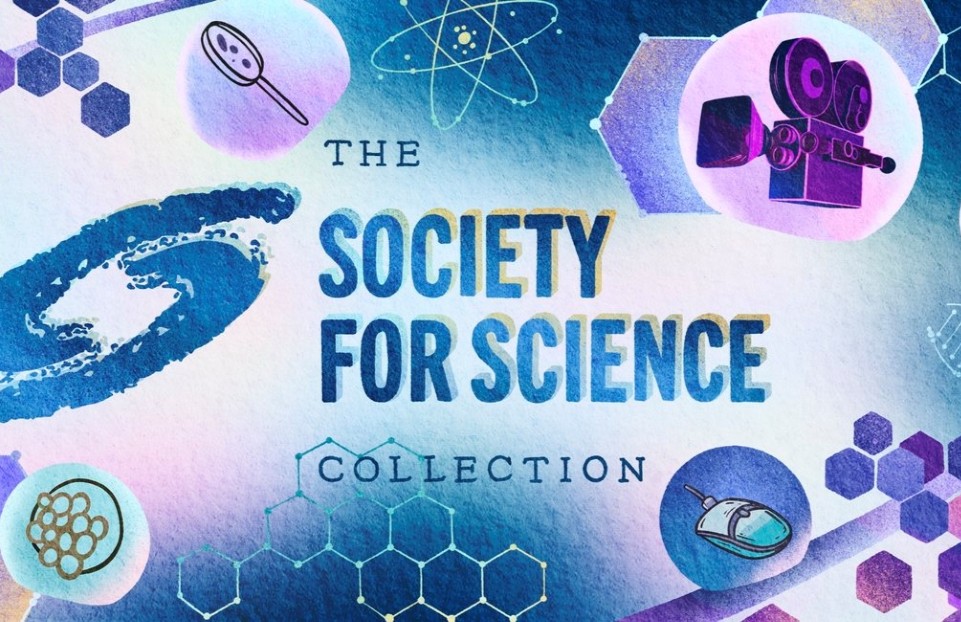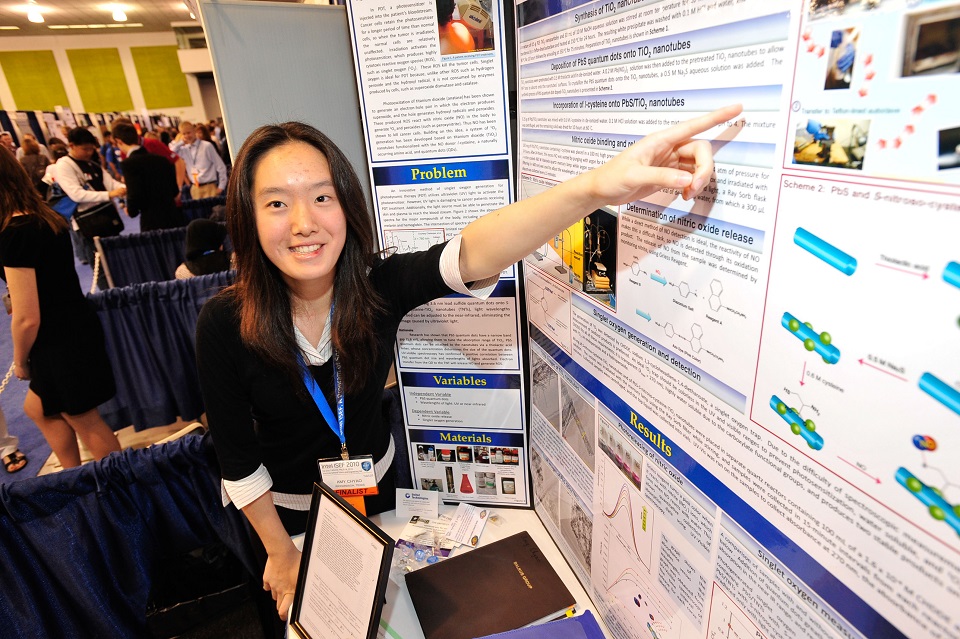Welcome to Intel ISEF 2017

Representatives from 78 countries, regions, and territories ran onto the stage, hoisting flags and posters decorated with their country pride. They were from Argentina and Zimbabwe, Israel and Saudi Arabia, Ghana and the Ukraine.
As country names were called out into the large hall, the representatives from each science fair team ran up and stood on stage. By the end of the list, there was a bustling crowd of finalists waving their hands and posters to the rest of the room. Last night at the opening ceremonies, we welcomed students from around the world to Intel ISEF 2017.
This is what science looks like. This is what scientists look like. Science is clearly a global, varied pursuit.
At the opening ceremony, iLuminate danced with wireless technology and lights, light trails flowing behind their movements.
President & CEO of the Society for Science & the Public Maya Ajmera welcomed finalists from around the world. “We’re thrilled to be able to provide this opportunity,” she said. “I was a science fair junkie, and I still am!”
The U.S. is a rich and wonderful nation, “thanks in part to the multitude of immigrants who call it home,” Maya said. “To those of you coming from the 78 countries represented, welcome to the U.S.”
Maya explained that after competing at Intel ISEF, every finalist becomes part of the Society’s and ISEF’s alumni communities. “The collaborations and friendships we’ve seen come out of ISEF are truly astounding,” she said. The education the finalists will experience is impossible to get in a classroom.
The diversity at Intel ISEF is a testament to its success. This year, for the first time, finalists from Ghana and Zimbabwe join Intel ISEF. Diversity is part of what makes STEM strong, too. “As the child of Indian immigrants, the distinct perspective I brought to the table helped me approach things differently,” Maya said. Each of the finalists has the potential to change the world, not just their corner of it.
“Our world is facing intractable problems, from climate change to pandemics,” Maya said. “It will be up to you, the future innovators, to solve those problems.”
Roz Hudnell, President of the Intel Foundation and Vice President of Corporate Affairs of the Intel Corporation, also welcomed and congratulated the finalists.
“Challenge yourself” this week, she encouraged. “Think beyond barriers and what and who you already know. Think beyond yourself and differences of language, culture, even appearance. Find things that bring you together.”
Roz told the finalists to showcase their brilliance this week at Intel ISEF 2017, and always. “At Intel, we’re aware of the profound impact we’ve had on the world,” she said. “To grow this impact, it’s imperative that we invest in the next generation of innovators.”
Keynote speaker Manu Prakash, co-inventor of a paper microscope that costs less than $1 to make, also welcomed the finalists up on stage. Read more about his speech here.
Host Derek Muller, a physicist, filmmaker, and founder of Veritasium, showed how a slinky falls in slow-motion and real-time, like he did on his YouTube channel.


